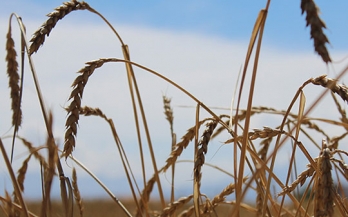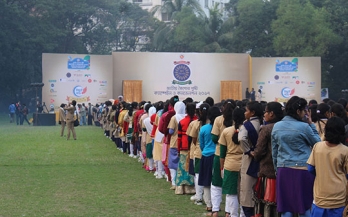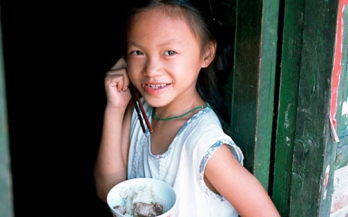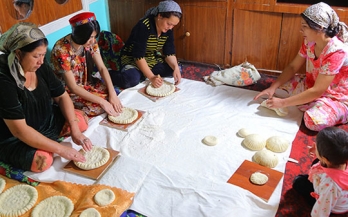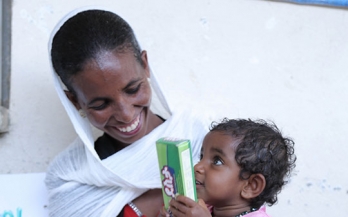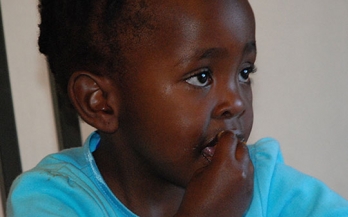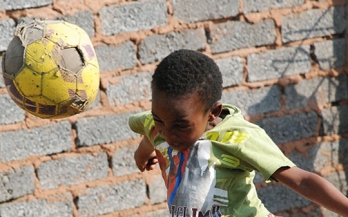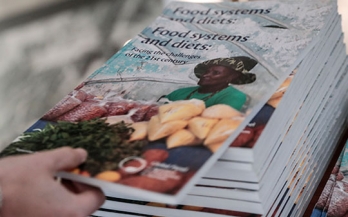Two-thirds of all countries mandate food fortification to combat hidden hunger, yet many are not necessarily translating policy into improved nutrition, according to new data from the Global Fortification Data Exchange (GFDx). These countries may be missing an immense opportunity to improve the health of children and mothers, bolster communities, and boost national economies.
5000 adolescent girls – known as the "Golden Girls" – assembled on 19 December 2017 in the Sultana Kamal Mohila Complex, Dhaka, to celebrate the launch of the national "Adolescent Nutrition Campaign". For the Golden Girls – and many more adolescent girls in the country – this campaign represents a window of opportunity to push further the development of Bangladesh.
I just finished reading ‘Why you eat what you eat' by Professor Rachel Herz. Fascinating, and together with Professor Michael Spence’s “Gastrophysics” it caused me to reflect on the radical changes we need to effectively promote healthy and nutritious diets, and reverse the out-of-control trends in malnutrition affecting every country.
Funding for nutrition has increased significantly over the past 10 years, which is a very good thing. So has the number of initiatives, organisations and programmes addressing nutrition. But is this an unqualified good thing?
GAIN has been working on food fortification programs within Central Asia for a number of years. In 2013, GAIN launched the USAID-funded Afghanistan, Pakistan and Central Asia Republics Regional Fortification Initiative, which aims to build capacity for food fortification with essential vitamins and minerals in order to improve micronutrient intakes across the region.
Kenya was one of the Global Nutrition Report’s (GNR) star performers in 2017 in terms of stunting reduction – with levels nationally of 26%. Yet, the country is in full “double burden” mode with undernutrition and other manifestations of malnutrition such as obesity and diabetes running in parallel, often in the same communities or families.
Today to mark Women’s Day 2018, we come together to celebrate women and girls, raise awareness of their rights, and to advocate for women empowerment. Moreover, we celebrate the women who are working to fix food systems and to improve nutrition in their communities around the world.
New IFPRI paper pulls together data on the food intake of 112,553 children 6-23 months old contained within Demographic and Health Surveys (DHS) across 46 low and middle income countries since 2006.
Osgood-Zimmerman and colleagues just published an article in Nature that, for the first time, provides high-resolution maps of child growth failure (stunting, wasting, and underweight) across Africa. They mapped data from over 1 million children from 51 countries at a 5×5 km resolution as well as at the largest administrative subdivision from 2000 to 2015.
Last week the Food and Agriculture Organization (FAO) hosted the launch of a new report by the Global Panel – “Improving diets in an era of food market transformation – challenges and opportunities for engagement between the public and private sector”. Its main point: market forces are remaking the world food system at lightning speed, what should we do to make sure this reduces, not adds to, malnutrition?
